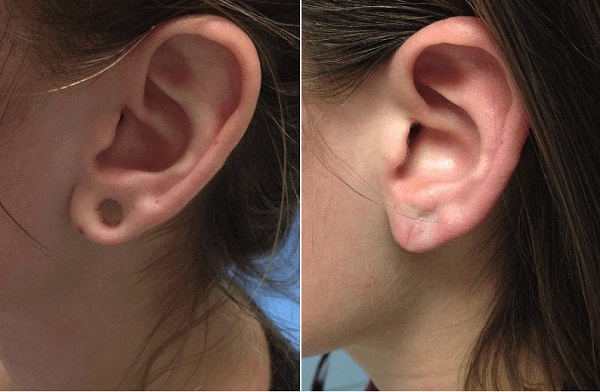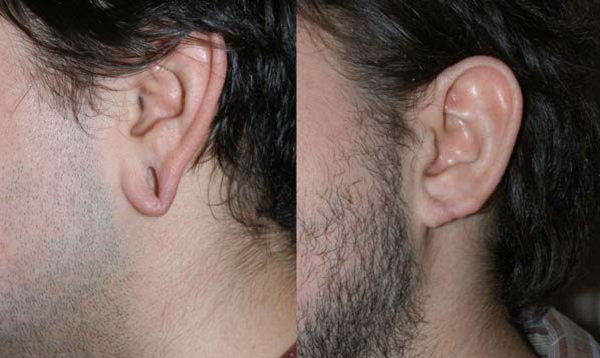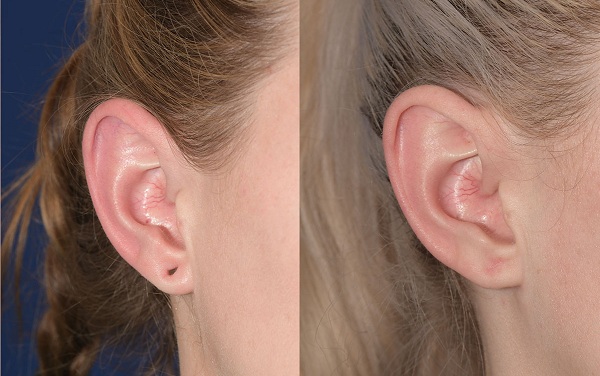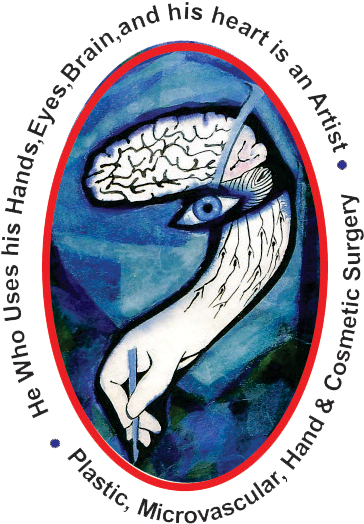Ear Lobe Repair

Earlobe surgery is often sought by people whose ear lobes have been damaged by earrings or who wish to reverse ear lobe stretching due to body piercing.
Earlobe Surgery Basics
Earlobe surgery takes about an hour and is usually done with local anesthesia. Your time in surgery and type of anesthesia may vary based on the extent of the reconstruction. In the case of droopy or stretched ear lobes, your surgeon will excise the skin lining the tear, which reduces the size of your earlobe.
If the lobe is fully split as a result of trauma, your surgeon will connect the two sides of the lobe via sutures. This involves removing the damaged ear piercing tract and suturing together the outer and inner layers of skin as well as the fatty tissue in between. This split-lobe repair surgery can’t be performed until the wound has healed.
By contrast, earlobe tears that don’t reach the bottom of the lobe may be treated immediately. Depending on the extent of the surgery, you may be able to have your ears re-pierced on the same day as your surgery. In these cases, new stud earrings can be placed in the ear(s) immediately. These earrings must stay in place for about two months. Your surgeon will provide you with detailed instructions on how to care for your re-pierced ears and when you can upgrade to other earring types.
Alternatively, you may receive a temporary spacer or stitch that is essentially a placeholder for your future earring(s). Spacers allow you to wear some light jewelry after six weeks. Your surgeon will advise you to wait about two months before wearing heavy earrings.
There may be some minimal discomfort after your procedure, which can be treated with over-the-counter (OTC) pain medication. Your surgeon will tell you which types of OTC medications are OK to take after ear lobe surgery. He or she will also explain how to care for your earlobe while it heals. No post-surgical dressings are needed after ear lobe surgery, but you must apply an antibiotic ointment to the surgical site to prevent infection. Stitches are removed after the swelling has subsided, usually within one week.
Questions? We got Answers!
The ear lobe is composed of skin and fat, which is why it is more prone to tears than the thick, heavy cartilage found elsewhere on your ear. There are several scenarios that may result in a torn earlobe. For example, these tears may result from heavy earrings that pull on the lobe, stretching the original ear pierce tract. They can also occur if a child tugs on your earring or if your earring gets caught on clothing or another inanimate object. Some ear lobe tears may heal with time, but they often leave visible scars that make it difficult to re-pierce the ears or wear earrings.
Sometimes earlobe tears occur because your ears were pierced too low to begin with. In these cases, even a small tear can split your lobe down the middle. Other ear lobe problems include droopy or stretched-out earlobes, which also occur from the pull of heavy earrings. Many people stretch their earlobes intentionally through the insertion of progressively larger piercings known as gauges, a form of body modification known as “gauging.” Regardless of the cause of the tearing or stretching, ear lobe repair can help correct your earlobe appearance and allow you to wear earrings again.
Earlobe surgery can correct even severe ear lobe deformities, but it is best not to have a problem in the first place. Choose your earrings with caution. Large hoops and big chunky earrings are more likely to cause tears. Lightweight or stud earrings are better choices. Make sure to take off any big, bulky and bright earrings when around children who may be drawn to them.





